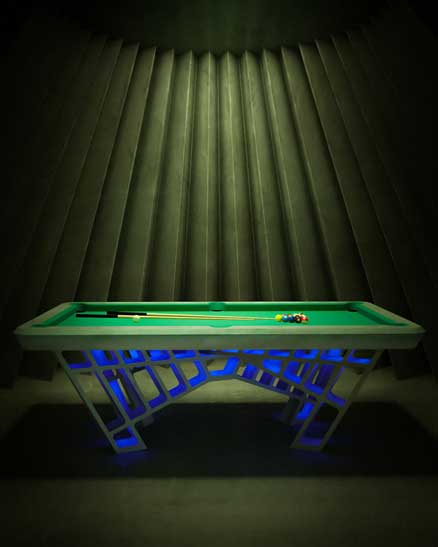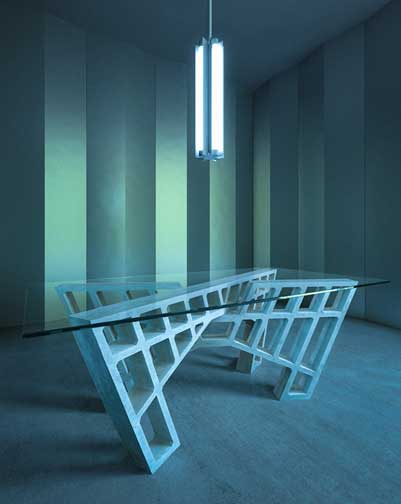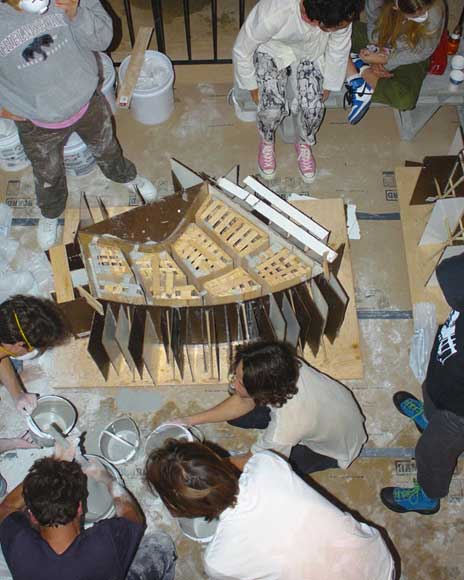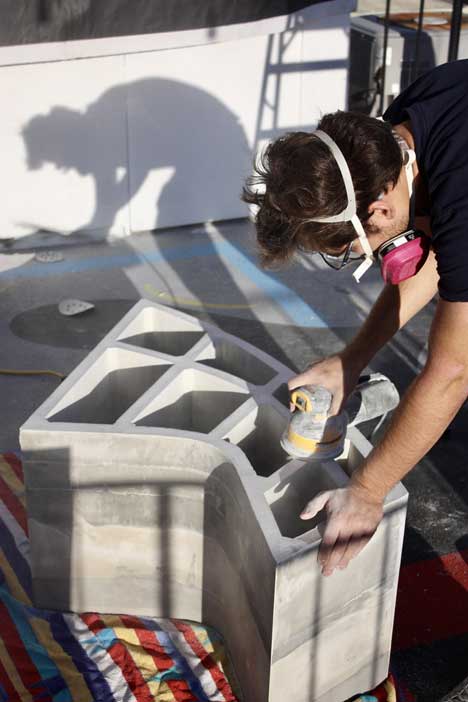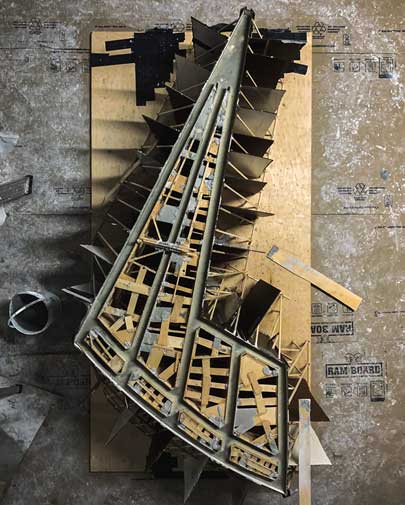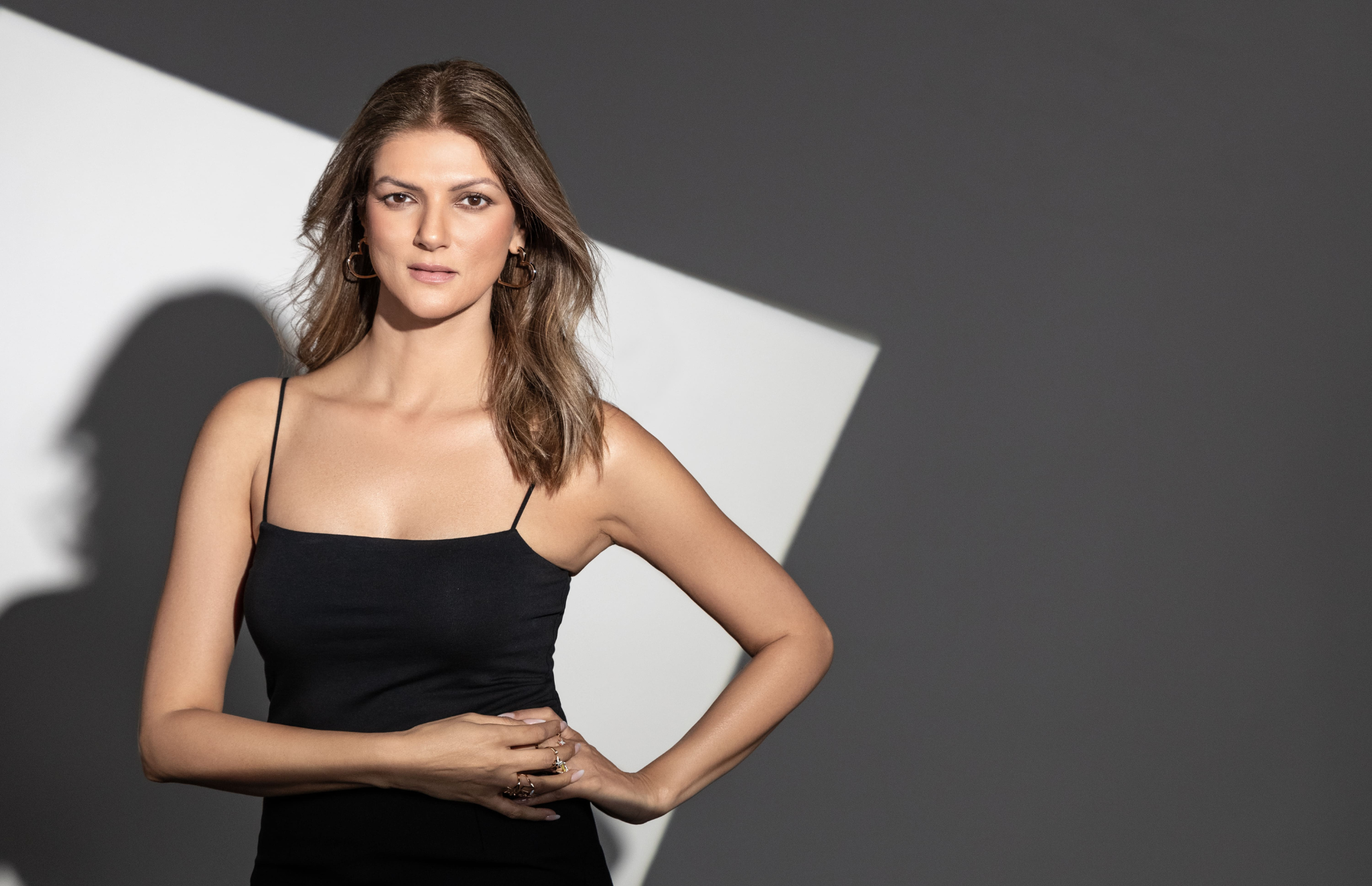Thomas Musca is an architect and a designer. He is the founder of Cassius Castings which designs and manufactures handmade cement patio furniture. His sleek furniture strikes a careful balance between comfort and minimalism, in this interview we discuss his ingenious designs
SP: We would like to know about your personal history, which includes your background, your educational history as well as your professional journey.
TM: I grew up in Santa Monica, California, which is basically Los Angeles by the sea. I went to university on the east coast, getting my five year Bachelor of Architecture degree in May 2019 from Cornell University, but I knew I didn’t want to travel the traditional route. Most architecture school graduates work for an established firm and spend years doing nothing but renderings/ construction drawings of senior architects’ work. I wanted to design for the real world right away. My head was filled with ideas that needed to find physical manifestations. The best way to do that was to launch my own design studio specializing in handmade concrete furniture. Prior to starting Cassius Castings, my work experience was limited to summer internships (Morphosis, Hodgetts + Fung, AC Martin), writing for architecture publications, and collaborations with museum curators for architecture exhibitions
SP: What is it about brutalism that has inspired your work? Feel free to take references from architecture.
TM: What appeals to me about brutalism is the dynamism of the lines, the magnitude of the structure, the efficiency of the material. You can do things with concrete that are downright magical. It has an austere beauty that, to my eye, is best represented by William Pereira’s Geisel Library, John Lautner’s Sheats-Goldstein House, the Wedding Palace in Tbilisi Georgia, Louis Khan’s Parliament Building in Bangladesh. They’re big, bold, unapologetically in your face, yet there’s a gracefulness to them, a structural and visual balance that’s awe-inspiring.
SP: Tell us about your benches, when did the first idea come about and how have they been received?
TM:The idea for the first bench came during a road trip right after graduation. I was in Savannah, Georgia, sitting outside an ice cream parlor, doodling, trying to figure out how to scale down the essence of brutalism into a piece that could live in your home. After coming up with the first design, I then had to figure out how to build it. I knew it had to be a two-dimensional extrusion. It took a few tries before determining which were the best materials for the mold. That’s where you invest most of your time, preparing the formwork. The actual pour is quick. In less than an hour, you have a piece of usable furniture cast from high density 12,000 psi GFRC. There’s a performance aspect to the process that’s very exciting, a social component that makes it fun. There’s a moment when there’s nothing, then, suddenly, there’s something that you’ve created that’s beautiful and useful. People love the benches. There are dozens in private patios and public parks throughout Southern California.
SP: You have also been writing extensively on architecture, how has writing helped your design or vice versa?
TM: I come from a family of writers. All very erudite and opinionated. During my time in architecture school I worked as an editor and contributor for both Metropolis Magazine and ArchDaily. Best perk of being an architecture journalist is your access to everything. I had the luck of being able to tour Zaha Hadid’s 1000 Museum Tower in Miami, and Renzo Piano’s Academy Museum in Los Angeles while they were under construction. Seeing and understanding the behind the scenes made them seem more attainable. Having to repeatedly think about architecture, and exposed to a constant stream of design. Though I no longer write as frequently as when I was in school.
SP: Tell us about your future projects.
TM: I’m currently working on several projects at the moment; a game table, several new benches, a kitchen island, and a fireplace surround. The goal always is to use the material in a way it’s never been used before.
Images Courtesy: Thomas Musca, Duyi Han and Kyle Kaplan
Find out more about the artist:
https://www.dezeen.com/2020/05/08/concrete-benches-thomas-musca-duyi-han-brutalist-architecture/
https://www.instagram.com/cassiuscastings/
https://www.instagram.com/tommymusca/?hl=en


